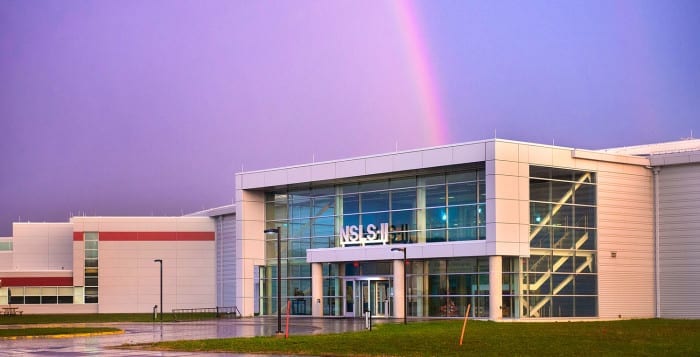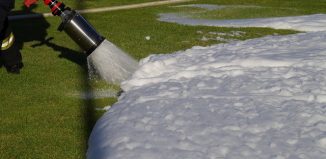Government gives boost to Brookhaven lab

Budget season brought good news for the Brookhaven National Laboratory, which may receive $291.5 million from the government to help sustain and improve two of its facilities as part of President Barack Obama’s budget request for the 2017 fiscal year.
The president requested $179.7 million of that money to go toward BNL’s Relativistic Heavy Ion Collider facility and the remainder to the National Synchrotron Light Source II facility. The proposed amount is $9.5 million more than what the lab received last year for the two facilities combined.
According to Brookhaven Lab spokesperson Peter Genzer, the money won’t only help the Lab’s RHIC and NSLS-II facilities run, but also help fund new experimental stations at NSLS-II. The president’s financial inquiry also includes $1.8 million for the Core Facility Revitalization project.
The project will provide the infrastructure and facilities to store data to support the lab’s growing needs, the press release said.
U.S. Sens. Chuck Schumer (D-N.Y.) and Kirsten Gillibrand (D-N.Y.) have worked to maintain America’s science presence — and securing more federal funds for the lab helps maintain it. Schumer said he was pleased with the president’s request to increase funding for the lab, saying that an increase in funding will help keep BNL and our nation at the forefront of innovation and boost Long Island’s economy.
“We appreciate the President’s continued support for science and, in particular, Brookhaven Lab’s Relativistic Heavy Ion Collider and National Synchrotron Light Source II,” BNL Director Doon Gibbs said. “ We are also extremely grateful for the ongoing efforts of Senator Schumer and Senator Gillibrand — and the entire N.Y. Congressional delegation — on behalf of the Lab and its research mission.”
According to RHIC’s website, scientists study earth in its infancy and other areas that will help people better understand how the world works. The approximate 16-year-old ion collider is also the first machine in the world that can support colliding heavy ions.
The NSLS-II allows scientists to examine high-energy light waves in a variety of spectrums, including x-ray, ultraviolet and infrared. The RHIC and NSLS-II are BNL’s two largest facilities Genzer said.
He added that the “president’s budget request is the first step in the budget process for the fiscal year 2017.” The process begins on Oct. 1. In the best-case scenario, the government will agree on and vote to approve the final budget before the end of the end of September.
The senators will continue their fight to get increased funding for BNL as the lab “is a major economic engine for Long Island,” Gillibrand said.
Gillibrand said she was also pleased with the administration’s request for increased funds. Construction of NSLS-II began in 2009 and cost around $912 million. BNL expected construction to end last year.
Other members of BNL were unavailable for comment prior to publication.






